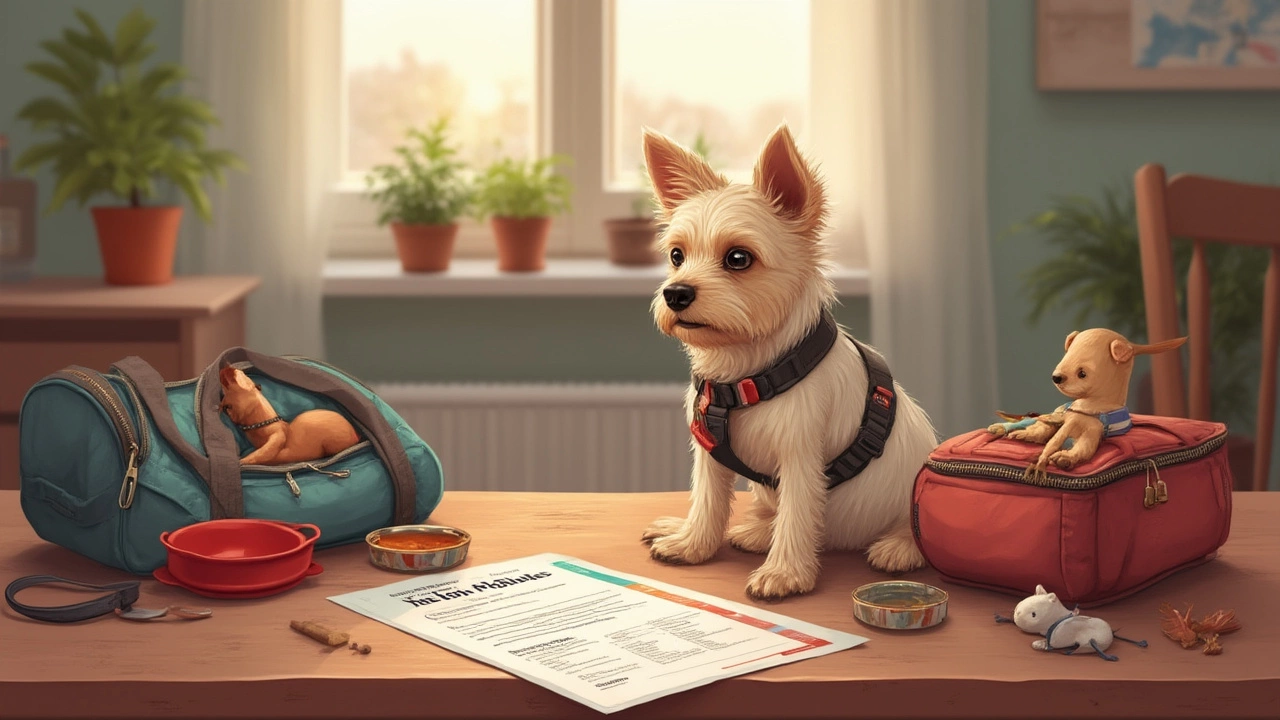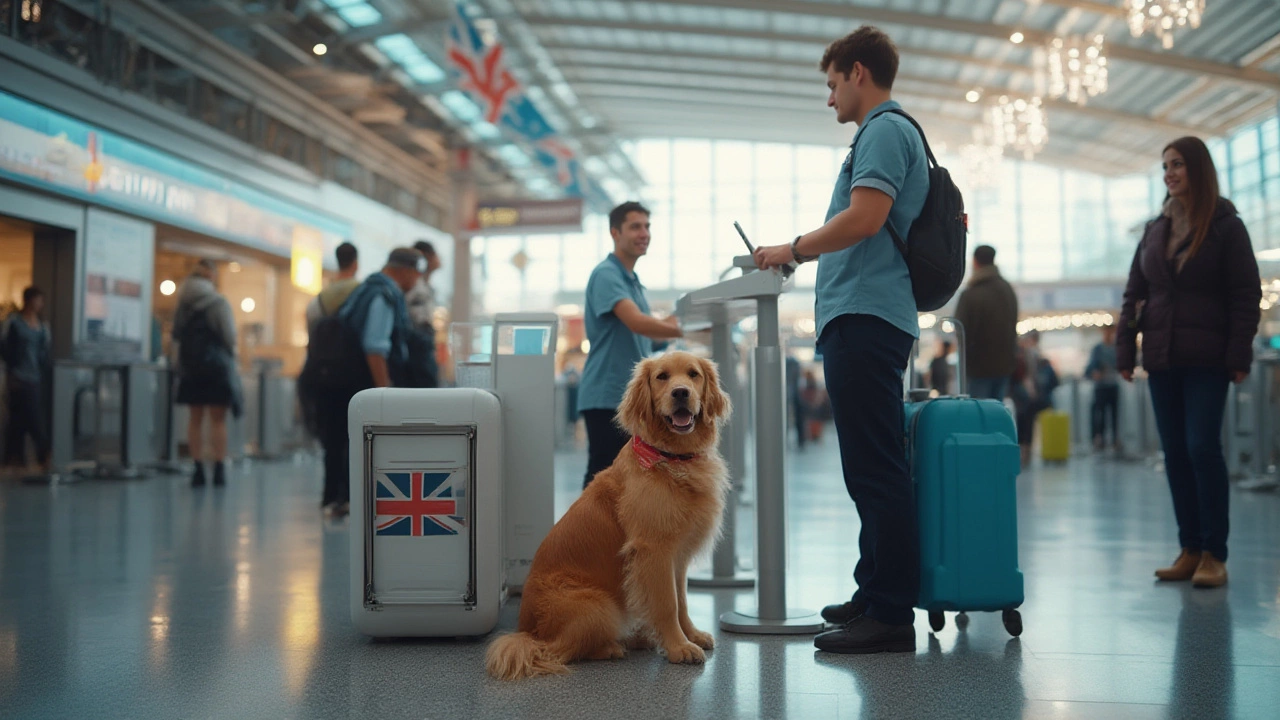You’d swear navigating airline policies for pets is more complicated than smuggling a pineapple through biosecurity at Auckland Airport. People hear ‘$100 pet fee’ and think, “Easy!” — but wait until you see all the “extras” that pop up. Airlines love to tuck surprise costs into the fine print. And, just to make things spicy, every airline—and even different routes—can have their own take on what it should cost to bring your dog, cat, or rabbit at 30,000 feet. Before you lock in travel plans for you and your furball, double-check what’s ahead. The sticker shock is real.
The Cost Breakdown: What Airlines Really Charge
Here’s the kicker: there’s no single answer. What you’ll pay depends on the airline, your departure and arrival countries, the pet’s size, whether Fido fits under your seat, and if you’re crossing international lines or just hopping between New Zealand cities. To make it human, let’s take some real scenarios. On top of your own ticket, Air New Zealand charges $75 for pets in cargo flying domestically, but if you’re heading to Aussie, expect anything from $300–$1,100 NZD (depending on size, crate, and route). Flying United or Qantas? Their international fees for pets start around $200–$400 USD—but that’s just the entry ticket.
Here’s what counts: pets rarely fly free. Small cats or dogs that fit in an airline-approved carrier under the seat (and yes, this means your emotional-support miniature pony is out of luck) are considered “cabin pets.” Carriers usually must be soft-sided, leakproof, and squeeze into the tiny under-seat spaces. These spots get snapped up fast; some flights only allow three or four total in the cabin. With airlines like Delta or American, that cabin privilege costs between $125–$200 USD per segment. But say your fluffy companion weighs more than eight kilos or is too tall: cargo it is. The cost typically rockets up, especially if your journey involves a layover. For international cargo, factor in customs clearance, government inspection, and air freight rates, which shift based on crate and animal size. A large dog on a major route might set you back NZ$1,500 or more after every charge.
The plot thickens. Even after you cough up the “pet fee,” there are almost always extra costs. You may need to buy an airline-approved crate (think $80–$400), pay vet fees for certificates of health, chip checks, tapeworm treatments, or rabies shots. Border authorities in countries like Australia will charge for quarantine, which adds hundreds of dollars more and several days’ delay. Add the cost of paperwork: New Zealand’s own MPI biosecurity fees, for example, can run from $150 upwards.
Hidden Costs and Rules Nobody Tells You About
It’s the small print that gets you. Most airlines ban snub-nosed breeds like Persian cats or French bulldogs from cargo, since these pets are at higher risk of breathing problems at altitude. If your pet even squeaks close to the restricted breed list, the answer is a flat “no.” Many airlines also refuse pets during certain months due to high temperatures, especially across the US or into Southeast Asia.
Some trips aren’t worth the hassle—or risk. Quarantine rules, for example, can be a budget-killer. Arriving into Australia? Even if your pet’s paperwork is spotless, cats and dogs spend 10+ days in government facilities near Melbourne, and it’s not cheap: think upwards of AU$2,000 including import permits, inspections, and daily fees. Miss even one stamp on your paperwork, and your pet could be sent home at your cost, or, heartbreakingly, put down. It happened to a Wellington neighbor’s Siamese after a missing rabies titer test.
Insurance adds another decision. Some airlines require you to insure your pet’s travel, especially for international cargo. While this adds cost, it speaks to how risky it can be. Things go wrong, from flight delays to crate misloads. Travel insurance for pets often doesn’t cover every scenario, so read the policy closely to be sure it matches your trip.

Packing and Paperwork: What You Actually Need
The most successful pet travelers treat pre-trip paperwork like a full-time job. First, call the airline yourself—never trust last year’s website info. Rules change all the time. Book your pet’s spot as early as possible, since caps fill up, especially close to the school holidays. Make a checklist:
- Airline-approved crate (double-check dimensions and type)
- Recent vet certificate (usually issued within seven days before flying)
- Proof of required vaccinations (like rabies or distemper, depending on the country)
- Microchip documents (most airlines and countries require this now)
- Quarantine bookings and import permit if traveling overseas
Do a trial run of crate time before the flight. Trust me, a panicking cat who’s never spent a minute in a carrier will absolutely howl from takeoff to touchdown. You want your furry mate to feel safe in her “airplane home,” not freaked out for 12 hours over the Tasman.
Think about food and water, too. Freeze a small dish of water so it melts slowly during the flight, or buy a no-spill travel bottle. Skip big meals a few hours before departure—better a slightly hungry pet than one with tummy trouble at 10,000 metres.
If your flight is overnight, plan for potty breaks. Most airports don’t have official pet relief areas, and some won’t even let you open the crate past check-in. For nervous pets, a T-shirt with your scent or a calming pheromone spray can help. Crazy as it sounds, pack a printout of every document in triplicate—border staff rarely take “It’s on my phone” as an answer.
Tried-and-True Tips for Stress-Free Pet Flights
Want your trip to go smoothly? Don’t cut corners. First, avoid indirect flights if you can. The extra time spent in transit could mean hours longer in the crate at a busy transfer airport, and the risk of lost or mishandled pets jumps with each plane change. If you must connect, make sure your layovers are long enough for staff to manage the crates correctly but not so long that your buddy is left crying in a warehouse for half a day.
Arrive at the airport extra early—that way, you have time to sort paperwork snags or answer staff questions about crate setup. Many places randomly inspect carriers, so it helps to know how every latch, water bowl, and absorbent liner works. If you can, reserve a seat near the front of the plane, so you’re off first and can hustle straight to baggage claim or the live animal pickup point.
If traveling within New Zealand, check out the option of pet transport companies. They specialize in navigating airline requirements, and if you have a busy week (hello, single parents!) they’ll pick up your pet, handle the documents, and reunite you at the new destination. It costs more, but the peace of mind can be worth it.
For international trips, lock in your plans months in advance. Quarantine bookings and permits get snapped up fast, especially in school holiday seasons. Some government offices move at the speed of a napping tortoise, so getting your appointment times right is crucial.
Lastly, talk to your vet about travel anxiety. Sedating pets is risky at altitude and not allowed by most airlines, but there are natural calming options you can try. My son Keegan once watched our old cat handle a Wellington-to-Christchurch flight like a seasoned pro just because we practiced with the crate for weeks beforehand and gave her a favorite blanket to snuggle. Small tricks can make a world of difference.
So before you book, run the numbers: add up ticket charges, crates, vet bills, government permits, insurance, and any after-arrival fees like quarantine. Sometimes, the cost is more than a human fare. Yet if your pet is your family, having them by your side is priceless—even if you need a second mortgage to pull it off.
